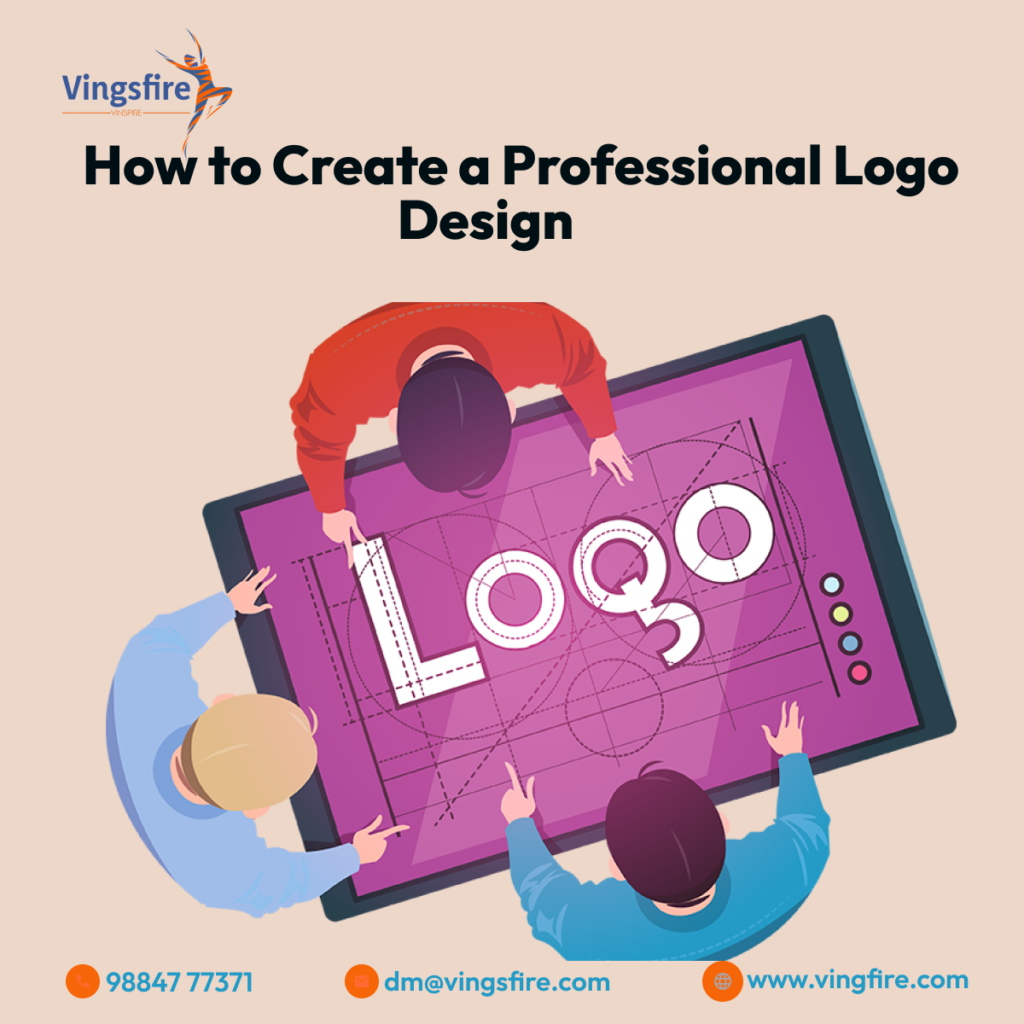
INTRODUCTION:
In the competitive landscape of business, a well-designed logo serves as the cornerstone of a brand’s identity, representing its values, personality, and unique proposition. A professional logo design not only captivates attention but also establishes credibility, fosters recognition, and forms a lasting impression on customers.
In this guide, we’ll delve into the step-by-step process of creating a professional logo design, offering insights, tips, and best practices to help you craft a logo that resonates with your audience and sets your brand apart.
1.Understand Your Brand Identity :
Before diving into the design process, it’s crucial to understand your brand identity, values, and target audience. Reflect on your brand’s mission, vision, and unique selling points, as well as the emotions and perceptions you want your logo to evoke.
Consider your target demographic, industry, and competitive landscape to ensure your logo effectively communicates your brand’s identity and resonates with your audience.
2.Conduct Your Market Research:
Conducting market research is essential to gain insights into industry trends, competitor logos, and customer preferences. Analyze competitor logos to identify common themes, styles, and elements, as well as opportunities for differentiation. Additionally, gather feedback from your target audience through surveys, focus groups, or social media polls to understand their preferences and perceptions regarding logo design.
3.Define Design Objectives:
Based on your brand identity and market research, define clear design objectives for your logo. Determine the key messages, emotions, and associations you want your logo to convey, as well as any specific design elements or styles you want to incorporate. Establishing design objectives will guide the creative process and ensure your logo aligns with your brand’s goals and values.
4.Sketch Initial Concepts:
Once you have a clear understanding of your brand identity and design objectives, begin sketching initial concepts for your logo. Sketching allows you to explore various ideas, shapes, and arrangements quickly and intuitively.
Experiment with different typography, symbols, and iconography to find unique and compelling combinations that capture the essence of your brand.
5. Choose the Right Typography:
Typography plays a crucial role in logo design, conveying the tone, personality, and style of your brand. Selecting the right typography involves choosing fonts that reflect your brand’s identity and resonate with your target audience. Consider factors such as font style, weight, spacing, and legibility to ensure your typography enhances readability and visual appeal.
6. Select Appropriate Colors:
Color psychology plays a significant role in logo design, influencing perceptions, emotions, and brand associations. Choose colors that align with your brand identity and evoke the desired feelings and reactions from your audience.
Consider factors such as color symbolism, contrast, and harmony to create a visually appealing and impactful color palette for your logo.
Conclusion:
Creating a professional logo design requires a thoughtful blend of creativity, strategy, and attention to detail. By following these steps and principles, you can craft a logo that effectively communicates your brand’s identity, values, and message, leaving a lasting impression on your audience.
